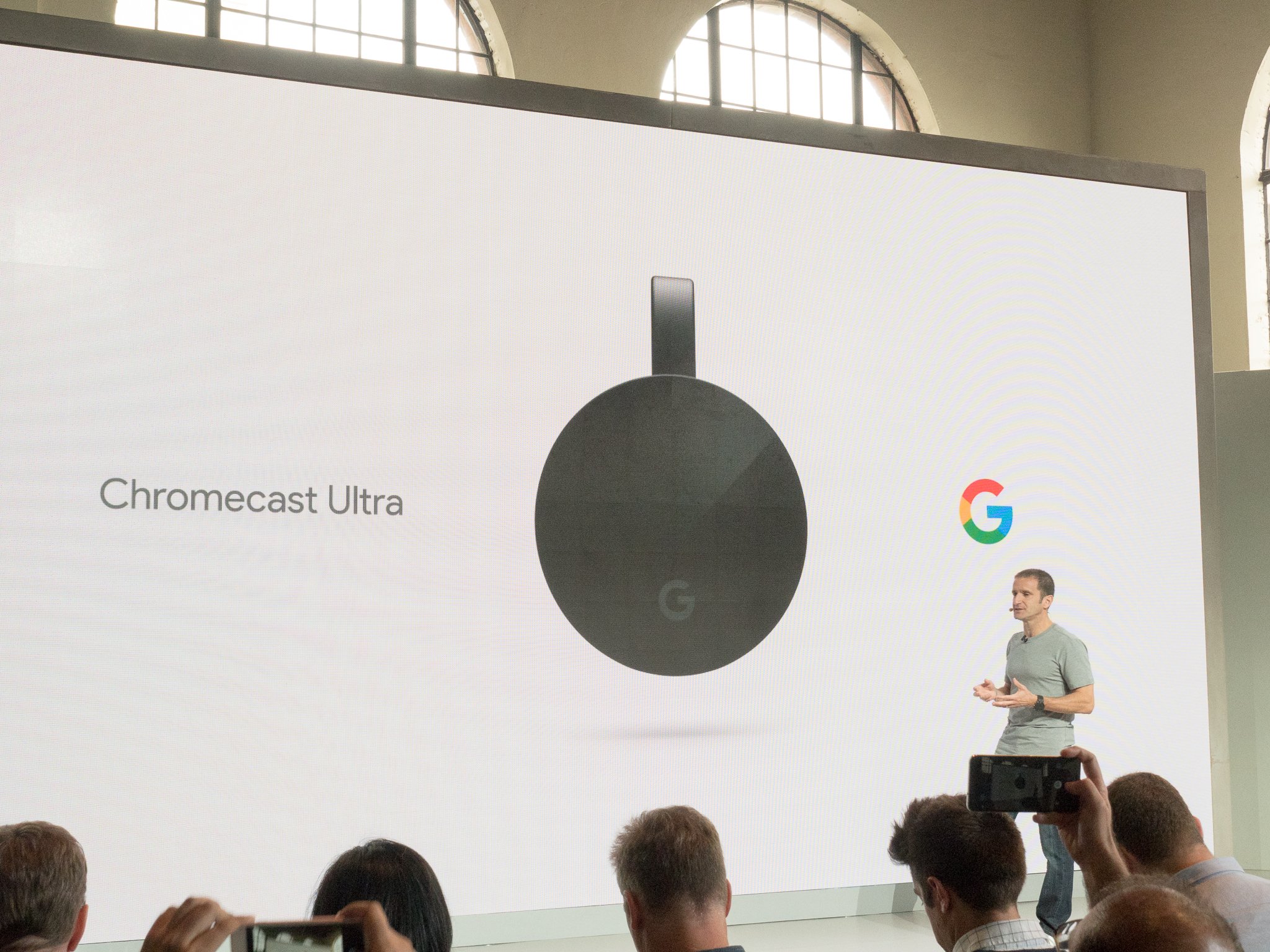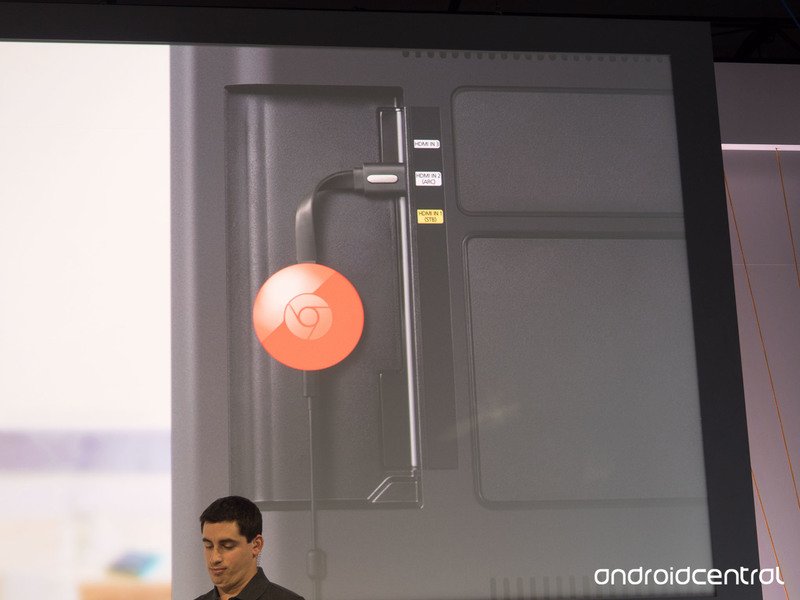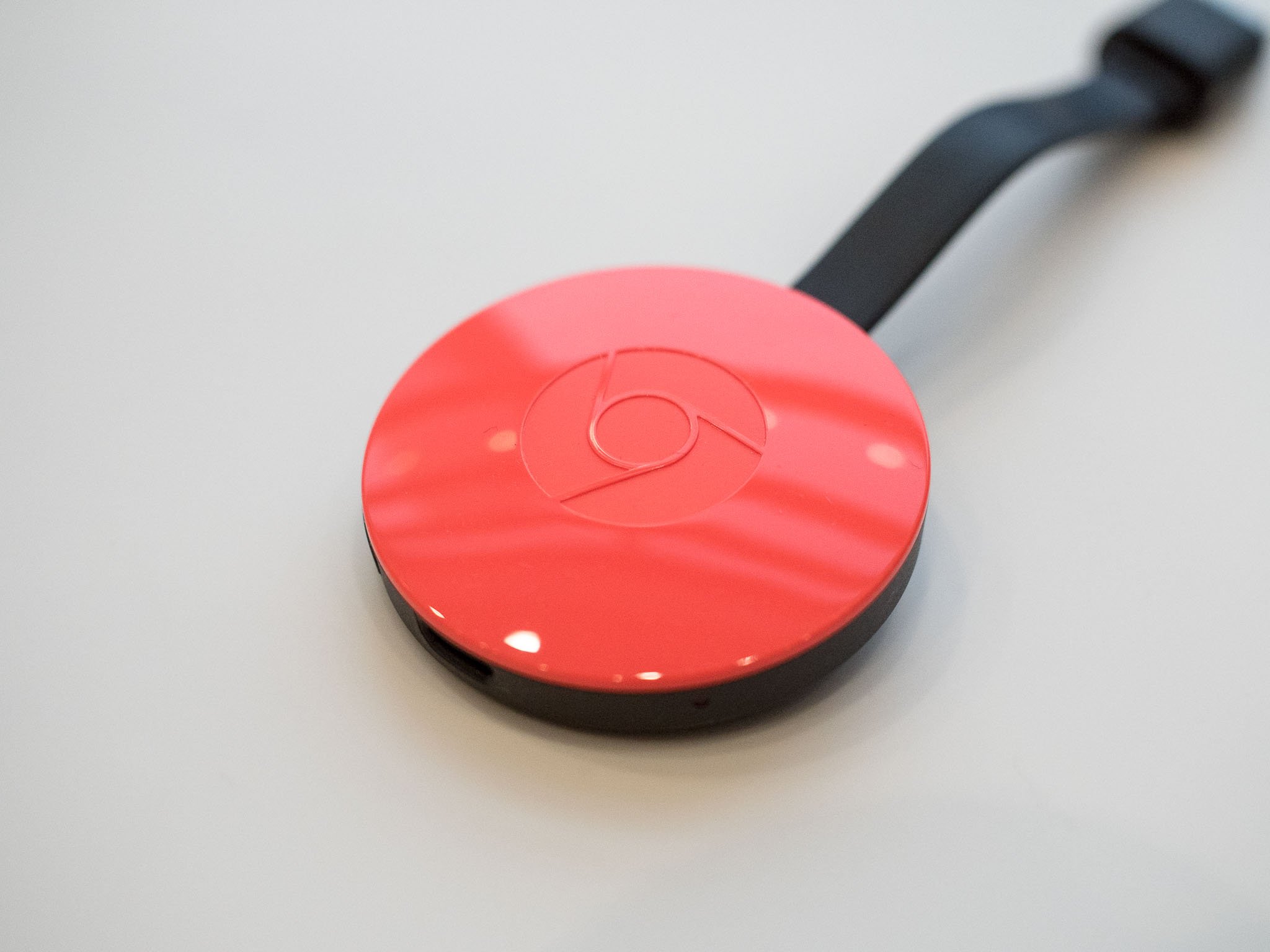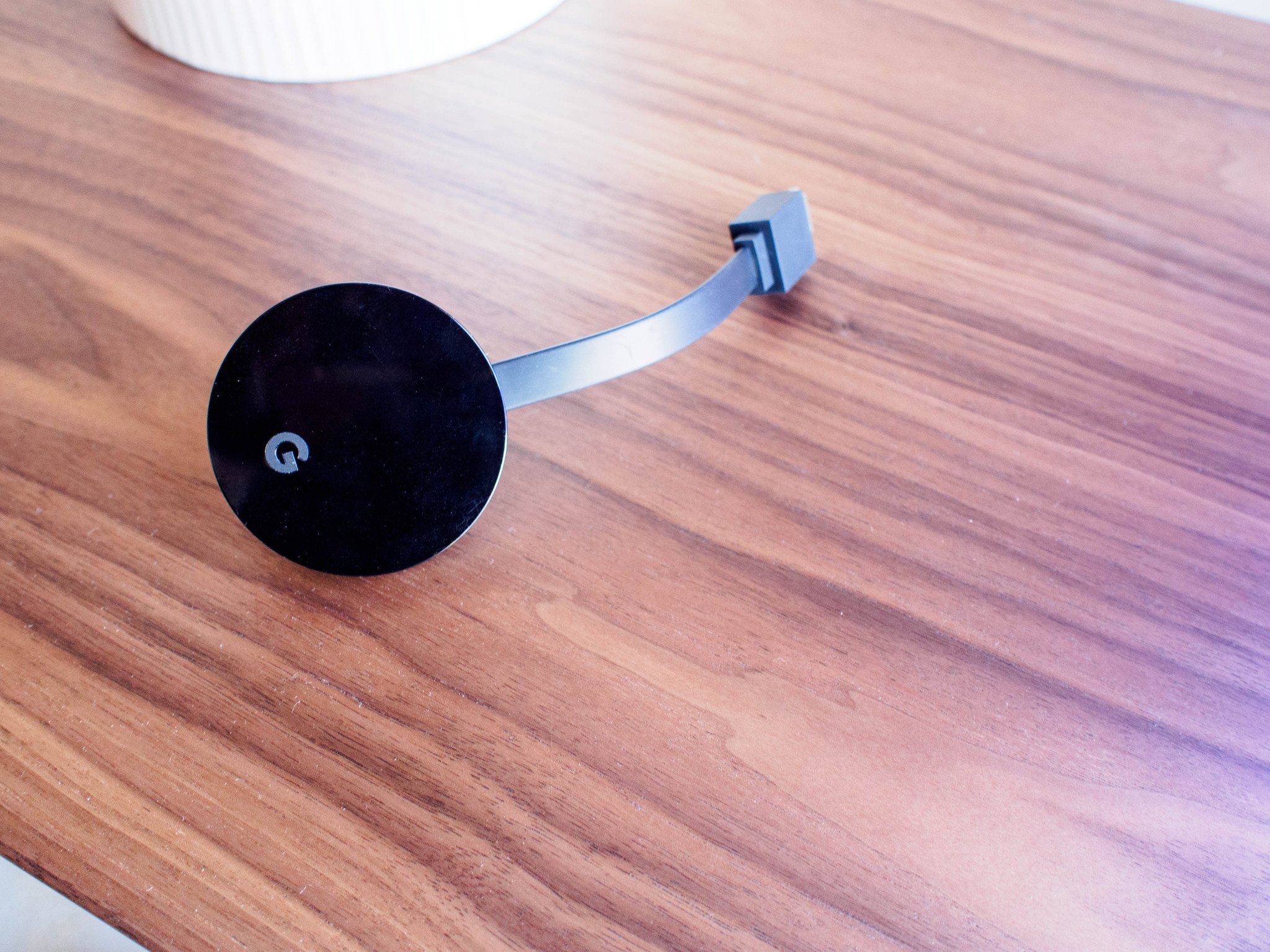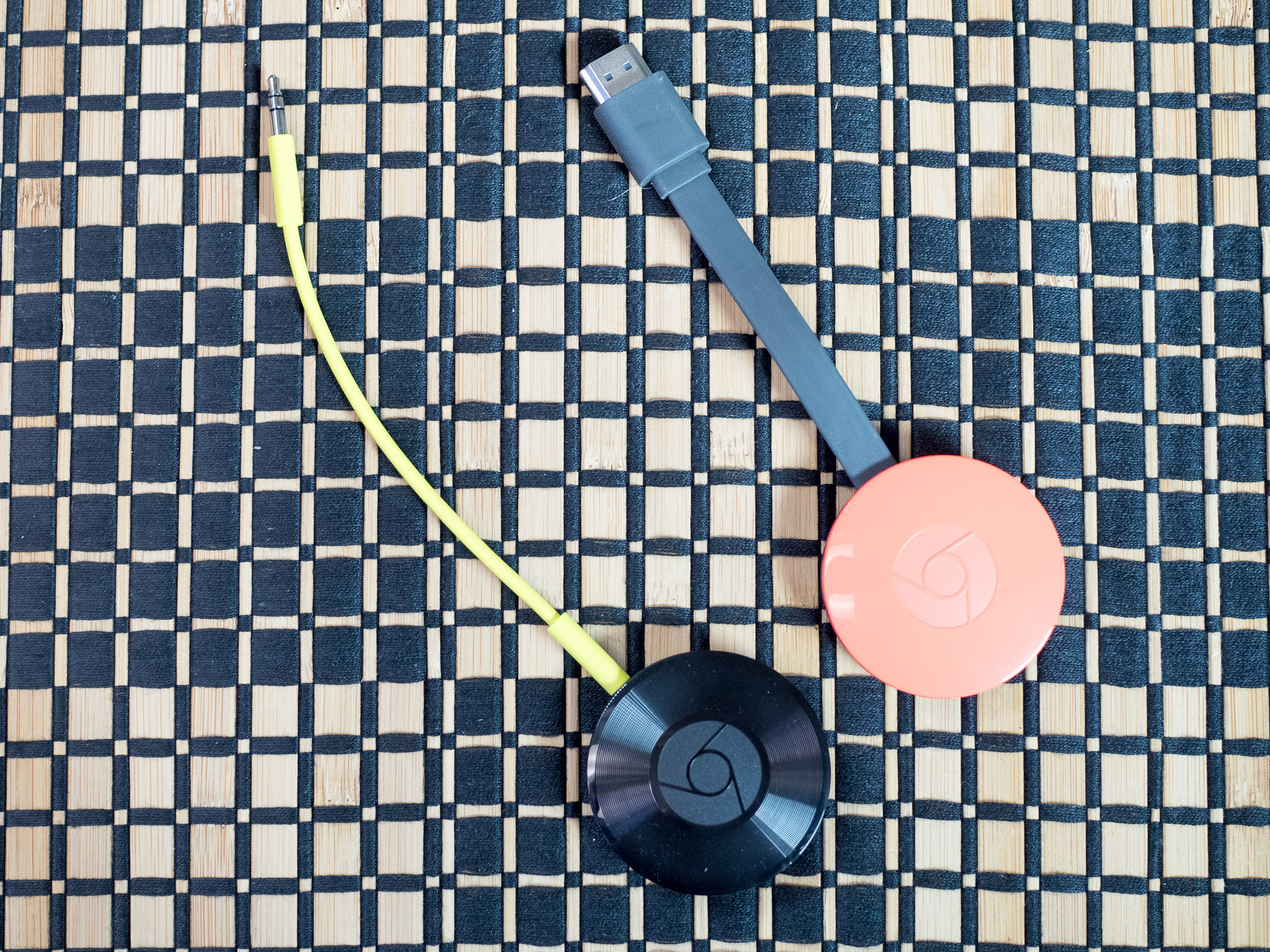If you're looking to buy a Chromecast, here's what you need to know.
Google unveiled the new Chromecast Ultra at its October 2016 event in San Francisco, and while it doubles the price of the original Chromecast at $69, it packs quite a punch when it comes to its capabilities. It's still the small, easy to use, and affordable media streamer that people love, only designed for folks who want all the high-end features when they stream their media.
That means it might be one of those products that offer things you won't need or can't use, and the "regular" Chromecast may be a better fit. Here's everything you need to know to pick the right Chromecast for you.
What exactly is a Chromecast?
A Chromecast is a small device that plugs into an open HDMI port on your TV, A/V receiver, or any other display that can playback video and audio. There is a Chromecast that's built for audio only, too, if that's what you're looking for and it makes building a great whole-house audio system easy.
Once in place you use an app for your phone (Android and iOS only) or through Google Chrome to set it up, give it a name, and get it ready to receive a movie or TV show or anything else you want to see on a bigger screen. To send the media there, you first open it on your phone or in Google Chrome and "cast" it to the Chromecast receiver. Your stream will start playing on your TV and you're free to do other things on your phone or in Chrome while it plays.
The features and price make a Chromecast the best way to stream your media.
A Chromecast can stream local content like pictures or video you took yourself, but when you're streaming from an online source like Netflix, it doesn't go through your phone. Instead, it makes a connection with the source and streams directly, saving battery and not using your phone's network bandwidth. You can still use your phone or Chrome to control the stream and do things like pause playback or change volume, but the actual transmission from Netflix (in our example) goes to the Chromecast. Think of your phone as the remote.
There are hundreds of apps in Google Play or the App Store that are Chromecast-enabled, and we see more and more every day. The Chromecast is simple to set up and use, is very inexpensive, and does a great job, This is why it's one of Google's best selling products, and why we think it's the best way to stream the media you enjoy watching.
The "regular" Chromecast
This $35 HDMI puck (it's often on sale, too) is the basic media streamer many of us want. It handles 1080p video streams really well, is very small and can be powered by your TV if you have a suitably powered USB port on the back. It supports 802.11ac Wi-Fi at both 2.4 GHz and 5 GHz and is powered with a Micro-USB cable connected to a 5V/1A power source. If your TV can't provide the power, there is an adapter included along with a 1.75-meter cable.
If you like, you can buy an ethernet adapter built for the Chromecast instead of using Wi-Fi. It replaces the power cord and has a standard RJ-45 socket (the one that looks like a great big telephone plug) where you plug in a 10/100 ethernet cable. The power cord on the ethernet adapter is 2-meters long to make sure you can position it where you need it. Everything else works the same — you cast from your phone or the Chrome browser and watch the streaming media on your TV — but you're using a faster and more stable network connection.
- If you don't have a 4K television or won't be streaming any 4K content, the Chromecast is for you.
See the Chromecast at Google See the Chromecast Ethernet Adapter at Google
The Chromecast Ultra
The Chromecast Ultra offers a step up from the regular version. When provided with a suitable broadband connection, it can stream 4K Ultra HD streams and HDR content. The hardware inside the Chromecast Ultra is fast and powerful enough to do things on the fly without a lot of buffering or skipping. It's more expensive at $69 but can stream the highest quality content with ease.
Of course, to stream UHD HDR content you need a fast network. The Chromecast Ultra connects to 802.11ac 2.4 GHz and 5 GHz Wi-Fi with a 1x2 SIMO (Single Input Multi Output) antenna for fast network speeds and low latency. It also comes standard with an ethernet port built into the power supply if you want to plug it into a wired network switch instead of using Wi-Fi.
- If you have a TV that has a 4K display or can playback HDR content and want to stream media at UHD, the Chromecast Ultra is for you.
See the Chromecast Ultra at Google
Of course either Chromecast will work to stream 1080p media or with a 4K display. To stream UHD HDR media you need the Ultra, but if what you're streaming isn't in 4K or you just don't have the network speed to stream at that quality, the "regular" Chromecast will still work. Also, if you plan on upgrading to a newer TV or monitor that will display UHD HDR content you can buy a Chromecast Ultra and use it for HD streaming on your current display.
No matter which Chromecast you choose you'll enjoy great movies and shows from hundreds of apps, and you won't have to figure out any cryptic software or network settings to get started.
